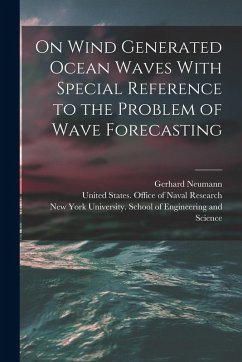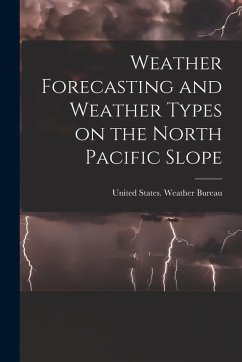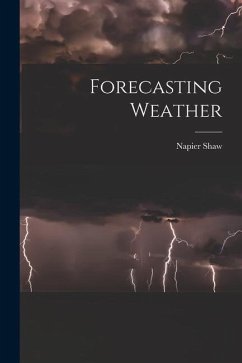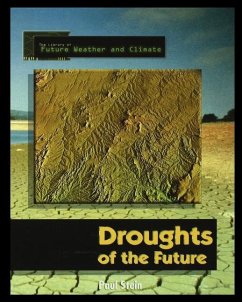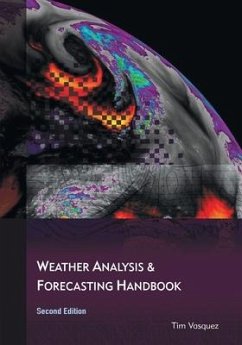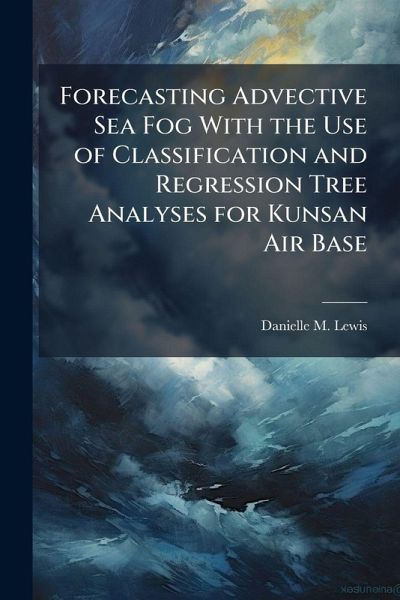
Forecasting Advective Sea Fog With the Use of Classification and Regression Tree Analyses for Kunsan Air Base

PAYBACK Punkte
9 °P sammeln!
Advective sea fog frequently plagues Kunsan Air Base (AB), Republic of Korea, in the spring and summer seasons. It is responsible for a variety of impacts on military operations, the greatest being to aviation. To date, there are no suitable methods developed for forecasting advective sea fog at Kunsan, primarily due to a lack of understanding of sea fog formation under various synoptic situations over the Yellow Sea. This work explored the feasibility of predicting sea fog development with a 24-hour forecast lead time. Before exploratory data analysis was performed, a geographical introductio...
Advective sea fog frequently plagues Kunsan Air Base (AB), Republic of Korea, in the spring and summer seasons. It is responsible for a variety of impacts on military operations, the greatest being to aviation. To date, there are no suitable methods developed for forecasting advective sea fog at Kunsan, primarily due to a lack of understanding of sea fog formation under various synoptic situations over the Yellow Sea. This work explored the feasibility of predicting sea fog development with a 24-hour forecast lead time. Before exploratory data analysis was performed, a geographical introduction to the region was provided along with a discussion of basic elements of fog formation, the physical properties of fog droplets, and its dissipation. Examined in this work were data sets of Kunsan surface observations, upstream upper air data, sea surface temperatures over the Yellow Sea, and modeled analyses of gridded data over the Yellow Sea. A complete ten year period of record was examined for inclusion into data mining models to find predictive patterns. This work has been selected by scholars as being culturally important, and is part of the knowledge base of civilization as we know it. This work was reproduced from the original artifact, and remains as true to the original work as possible. Therefore, you will see the original copyright references, library stamps (as most of these works have been housed in our most important libraries around the world), and other notations in the work. This work is in the public domain in the United States of America, and possibly other nations. Within the United States, you may freely copy and distribute this work, as no entity (individual or corporate) has a copyright on the body of the work. As a reproduction of a historical artifact, this work may contain missing or blurred pages, poor pictures, errant marks, etc. Scholars believe, and we concur, that this work is important enough to be preserved, reproduced, and made generally available to the public. We appreciate your support of the preservation process, and thank you for being an important part of keeping this knowledge alive and relevant.




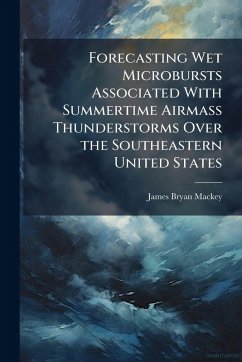
![Instructions for Recording Rain, Snow, Weather and Miscellaneous Phenomena [microform]: With a Supplementary Chapter on the Temperature of the Air Cover Instructions for Recording Rain, Snow, Weather and Miscellaneous Phenomena [microform]: With a Supplementary Chapter on the Temperature of the Air](https://bilder.buecher.de/produkte/66/66125/66125595n.jpg)
